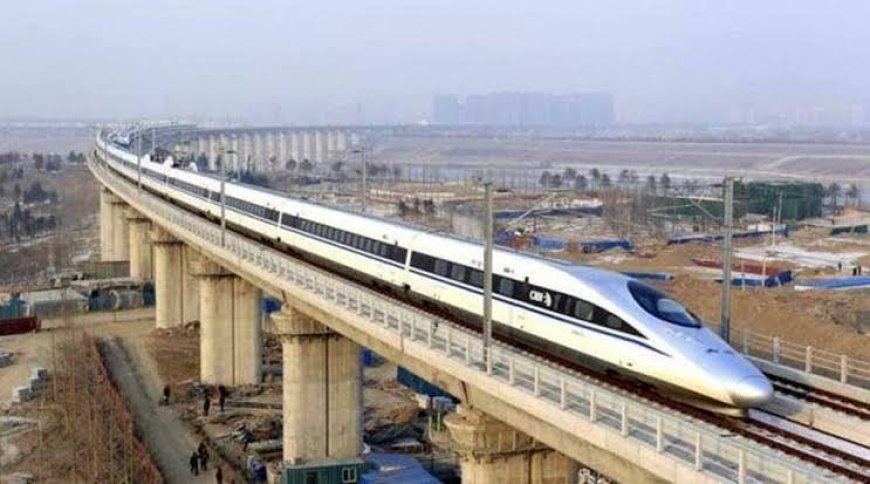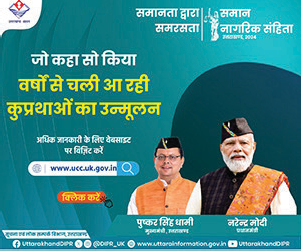Mumbai : In a significant move towards enhancing urban infrastructure, India’s pioneering bullet train route, connecting Mumbai and Ahmedabad, is set to undergo transformative development under the SMART (Station Area Development) initiative. This initiative targets four key stations—Thane, Virar, Surat, and Sabarmati—aimed at improving commuter convenience, reducing congestion, and fostering economic growth around these vital transit hubs.
The SMART initiative is grounded in five core objectives: enhancing accessibility, promoting mixed-use development, stimulating local economies, generating revenue, and supporting sustainable urban growth. The development plan will focus on a radius of 800 meters from each station, rolled out in three structured phases. The initial phase will target the immediate 200-meter area around each station, prioritizing the establishment of essential infrastructure such as pick-up and drop-off zones, parking facilities, and other passenger-friendly amenities. The subsequent phase will expand to cover 200 to 500 meters, enhancing road connectivity and anticipated to be completed within ten years of the main project's finish. The final phase will address the additional 300 meters, paving the way for long-term growth and improved accessibility over the next decade.
Seamless Connectivity in Focus Central to the SMART initiative is the integration of multiple transportation modes, including metro lines, bus services, taxis, and auto-rickshaws. This multimodal approach is designed to shorten travel times and encourage the use of public transport, thereby alleviating congestion in surrounding urban areas. The strategy aims to create a cohesive transit ecosystem that enhances commuter experience while minimizing the impact on local infrastructure.
To fully realize the objectives of the SMART initiative, amendments to existing policy frameworks are necessary. This includes adjustments to Floor Area Ratios (FAR), Floor Space Index (FSI), potential road widening, land-use changes, and the transfer of development rights. The Japan International Cooperation Agency will provide technical expertise, ensuring that the project aligns with international standards for urban station area development. As the High-Speed Rail project approaches 50% completion, trial runs are anticipated between Surat and Billimora—a 50-kilometer stretch—by mid-2026.
Construction across the twelve stations along the route is progressing steadily, marking a significant step toward a fully operational high-speed rail network that promises to revolutionize connectivity and economic development across the region. With the SMART initiative, India is poised to set new benchmarks in urban transit development, reflecting a commitment to enhancing infrastructure and promoting sustainable growth for its burgeoning cities.




 Previous
Article
Previous
Article












